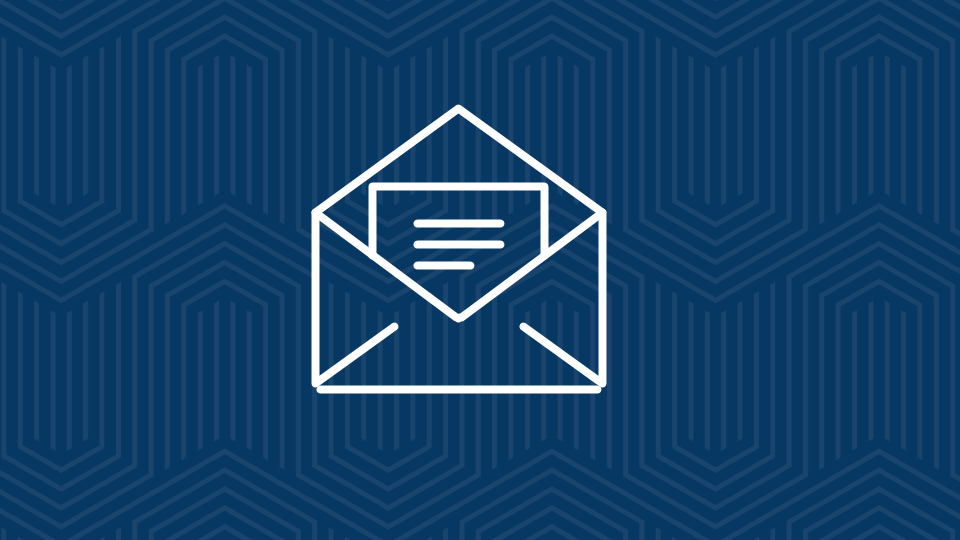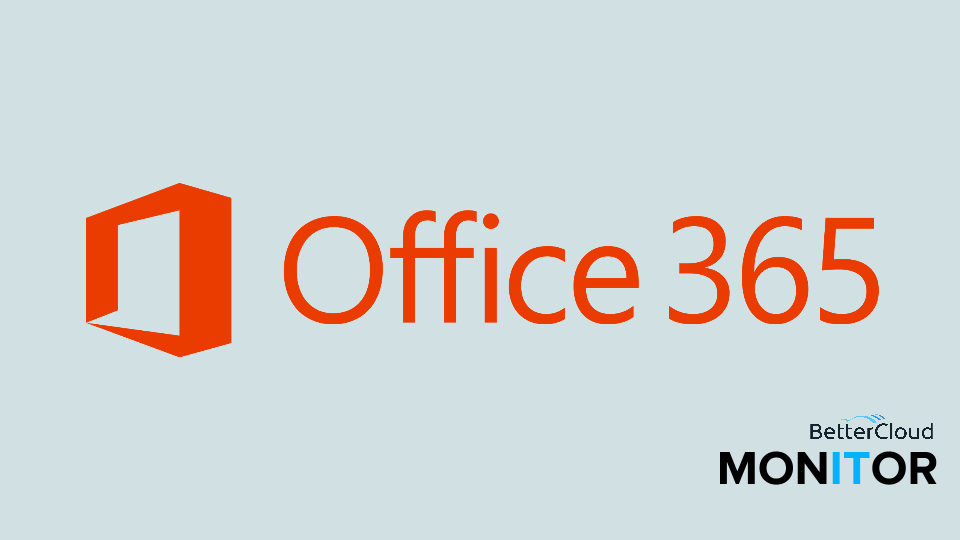5+ Time-Saving Steps to Take Charge of Your Office 365 Inbox
3 minute read

You probably get more email these days than ever before. Everyone seems to have an opinion about how best to manage this influx of information, from proponents of “Inbox Zero” to creators of dozens of Outlook rules and filters that sort emails into folders before they’re opened.
Here we recommend five simple steps that help you take charge of your Office 365 inbox. They’re customizable, since we know everyone has unique preferences, but will help you save more time and become more productive in both professional and personal life.
1. Get to know Clutter for Office 365.
Clutter is an Office 365 tool that automatically identifies low-priority items in your inbox and moves them to a separate folder. Since spending time on low-priority email is a huge time-waster, enabling Clutter will make a big difference.

At first, Clutter seemed to work solely in the Outlook Web App, but here at the BetterCloud Monitor we’ve been seeing success with Clutter in Outlook 2013/2016 as well.
You can customize Clutter by moving messages into the Clutter folder if they are low priority and haven’t been moved automatically, or conversely moving messages out of the Clutter folder and into the inbox if they actually belong there. According to Microsoft, “Moving an email in or out of the Clutter folder, from any of your devices, is enough to give the signal to the Clutter system that an item is Clutter or not.”
2. Turn off Outlook notifications.
This recommendation may seem unthinkable to some who are accustomed to constant notifications, but small distractions throughout the day can really add up to lost time, and email notifications can certainly be a distraction.

We recommend turning off desktop notifications, as shown in the video above, but at a minimum you can turn off Outlook email notification sounds, so you won’t be distracted by the noise of an incoming message.
3. Use a few rules and folders for key information.
Creating folders in Outlook is a simple step that can help with organization. Sometimes moving the bulk of your messages out of your inbox creates a psychological difference, since you have less information “in front of you.”

Don’t go overboard with folders, or you’ll end up spending all of your time sorting emails into folders (or creating complex rules to sort them for you). 5-10 folders should be enough for most people.
Email rules in Outlook 2013 include actions like forwarding or redirecting mail to another inbox, but they also can do a lot in terms of basic organization, but you can do a lot more with them. Check out this Microsoft Office support page for more on rules. Just like folders, we don’t recommend a huge number of rules, or it will become another system to maintain. Keep it simple.
4. Organize email using categories.

Besides folders and rules, categories can become a powerful organizational tool, since they provide visual feedback in a different way than other methods. The video above demonstrates how to use categories in Outlook 2013 and the Outlook Web App.
5. Develop personal habits that make you more productive.
We all have our own personal habits, so spend a little time thinking about what makes you most productive. Here are some ideas we recommend; try implementing some that sound like they fit your style.
- Delete unnecessary or unneeded emails first, before turning your attention to emails you need to act on. A little inbox cleanup first thing can set the tone for a more organized day.
- Get used to Outlook’s built-in filters and sorting methods that can help you. For example, you may want to sort by date and delete older messages, or sort by name and make sure you’ve taken action on all items from your manager.
- Set aside specific times per day or a specific window when you will check your email, and don’t look at your inbox outside of those times. You may even want to close Outlook altogether during the “non-email” times of day.
- Close your email altogether (either the Outlook client or the browser window) when you really need to focus.
- Learn keyboard shortcuts that can help you zip through common actions quickly in Outlook 2013 and OWA.
We hope these recommendations help you manage your inbox and reclaim your time. Feel free to leave your own tips in the comments.






